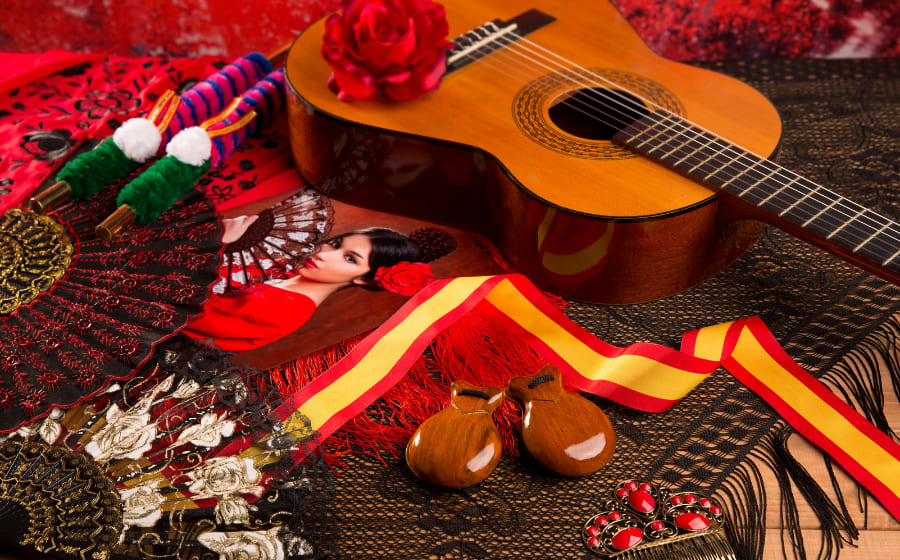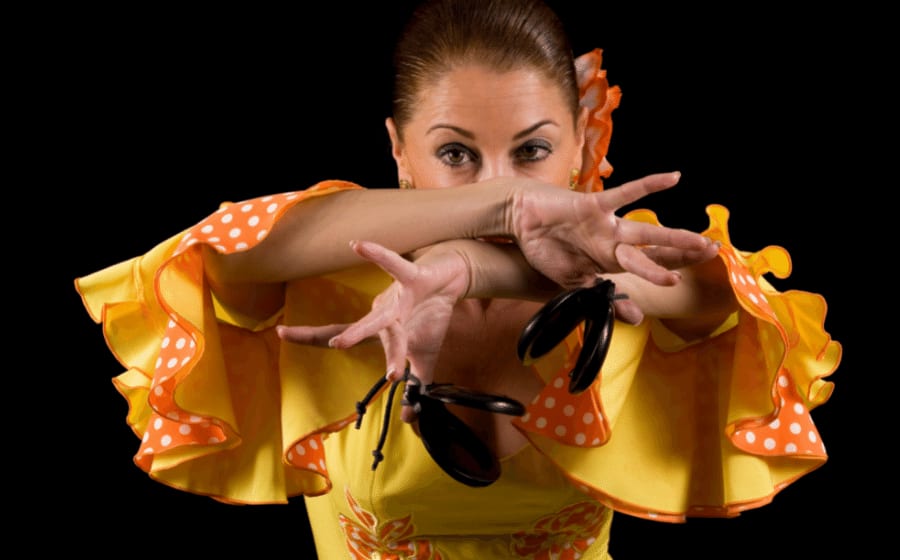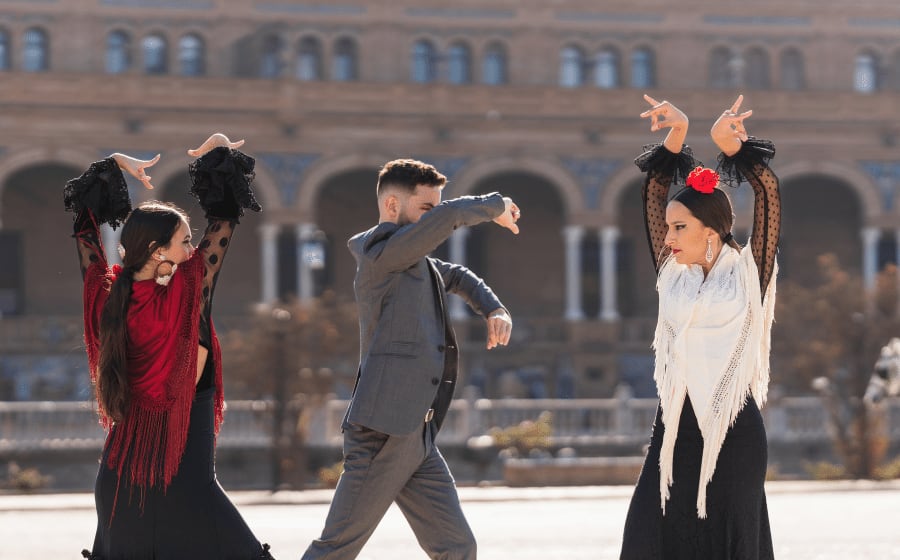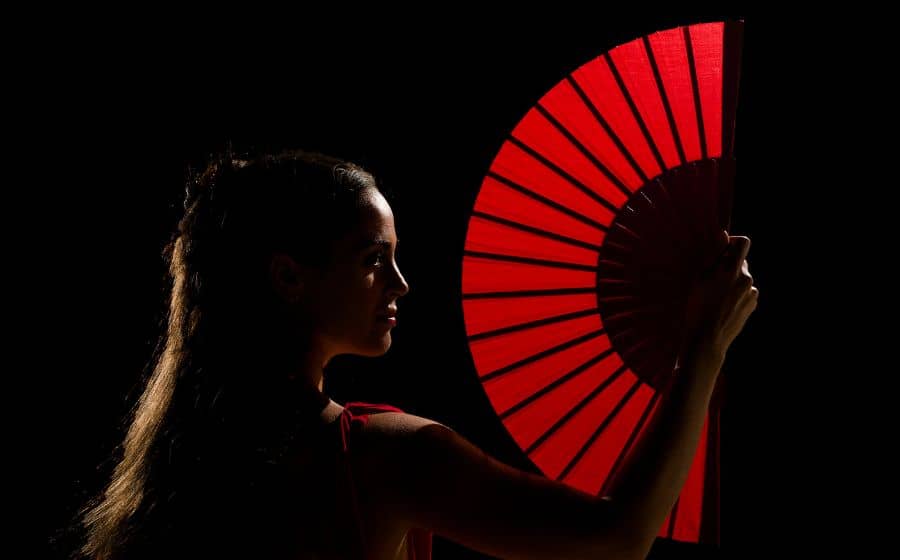What is Flamenco Dance? Join One of The Spanish "Tablaos"!
October 22, 2022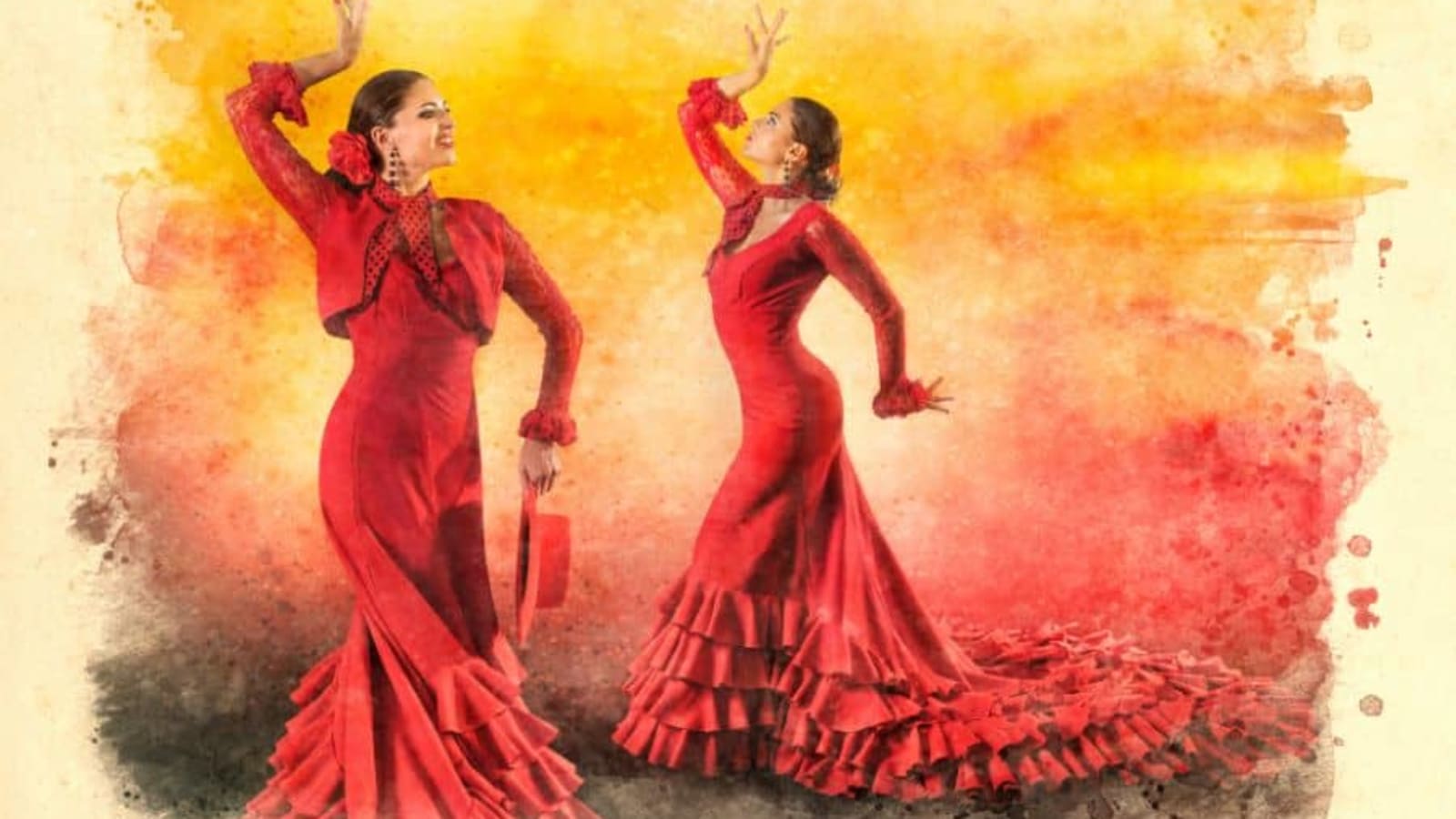
Win a FREE Trip to Spain!
Exciting Announcement! For the first time, we're thrilled to offer exclusive trips to the heart of Spain - an experience like no other. This isn't your typical tourist journey; it's a unique opportunity to immerse yourself in authentic Spanish culture, alongside real locals and our passionate team.
But there's more! Simply by requesting information about this amazing trip, you'll be entered into a special draw to win a Fully Paid Trip to Spain for Two. And that's not all - everyone who inquires will receive an exclusive bonus gift, valued at $500, available only now.
Ready to Discover the Real Spain?Click Here ↑ to Request Information & Enter the Draw!
Flamenco is not only a dance; it’s also an art and even a way of life! It reflects a large part of Spanish culture and society.
Flamenco was born due to the people’s need to express themselves. It’s not just any dance; it’s a unique dance of beauty and passion like no other! It’s a combination of body movements integrated into the rhythm of clapping or even music.
You can see flamenco walking through the streets of Andalucia, in regional festivals, or even in establishments in many parts of Spain where flamenco shows are performed. These places are known as “tablaos”; they are very well known and one of the tourist attractions of our country.
Flamenco has had a significant influence and caused a great effect not only in Spain but worldwide!!
I will help you discover this incredible Spanish art, where it comes from, and what it symbolizes. I will even show you a real flamenco show!
Are you ready to join one of our flamenco “tablaos”?

Table of Contents ▼ ▶
1. What is Flamenco Dance?
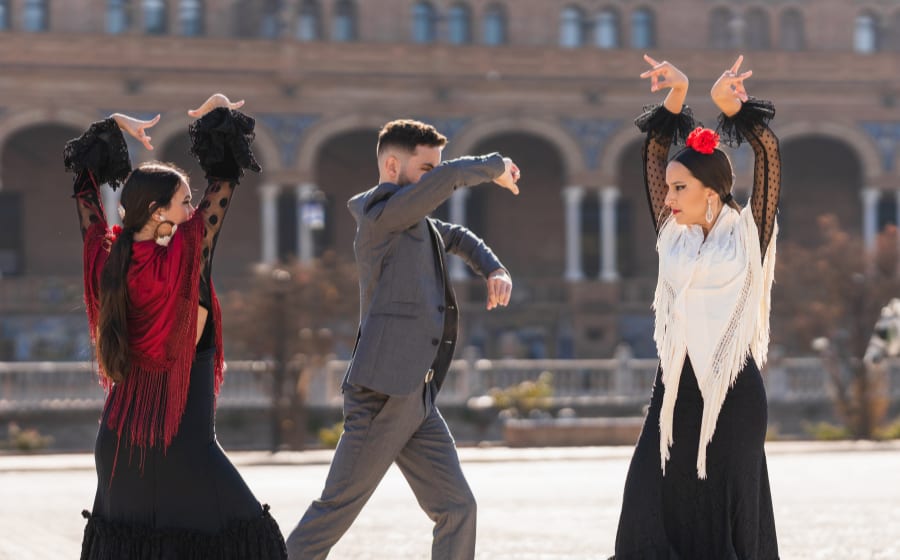
Flamenco is a traditional dance representing part of Spain’s culture and history. An art form originated in the country’s south and is expressed through dance, song, and music.
Flamenco is a symbol of Spanish identity; it’s a form of expression through which passion, love, sadness, despair, joy, and much more are represented! It’s a dance in which all emotions are expressed combined with the rhythm of clapping or music and body movements.
If you are asking yourself, flamenco was originally an Andalusian gypsy tradition, and even today, it’s still linked to this culture. Although it was also born from a mixture of other cultures, such as Arabic and Jewish. But this art really began and developed in Andalusia. Then, the flamenco gradually spread throughout Spain and eventually became a universal artistic manifestation.
Within flamenco, we can distinguish several disciplines known as “palos”:
- “Sevillanas”: Sevillanas is a typical song and dance of Seville. It’s one of the most popular and well-known dances in Spain. They usually dance in couples to the sound of the four “coplas.”
- “Bulerías”: A lively style with a significantly accelerated rhythm. A semicircle is formed, and the dancers come out to dance in the center. It is usually the dance to close the flamenco show.
- “Tangos”: One of the basic styles of flamenco, with several modalities.
- “Alegrías”: One of the oldest flamenco palos. Flamenco style most accurately expresses the feeling of the Cadiz environment.
- “Fandangos”: At the beginning of the 19th century, flamenco adopted features of the Andalusian fandangos, giving rise to the “fandangos aflamencados.” These have become one of the key “palos” of flamenco.
- “Soleá”: It has a sad and melancholy intonation. It’s usually danced by women.
To know what flamenco art really is, you have to live it! Some would even say that it manifests a state of mind or even a lifestyle!
In 2010, flamenco was named Intangible Cultural Heritage of Humanity by UNESCO.
2. The Flamenco History and its Origin

Flamenco has its origin in Andalusia, but we cannot say the exact year in which it was born. Although we could say that its birth dates back to the 18th century when flamenco began to be expressed as we know it today.
Apparently, in 1770, there were already some celebrations where gypsies danced and sang. Maybe it was then that flamenco really began?
As I told you before, this Spanish art results from the gypsy culture mixed with the Arab and Jewish cultures. Although the gypsy culture is the one that is directly associated with flamenco since it’s the one that has undoubtedly contributed the most to the development of this art.
The golden age of flamenco is usually considered the period between 1780 and 1845. At that time, singing was the key to flamenco. The singing was sung while clapping, known as “toque de palmas,” so the dance and the music were secondary. In fact, some flamenco dances still maintain this tradition, considered flamenco in its purest essence! Although today the use of the guitar and other musical instruments has become very popular and is what is known as modern flamenco.
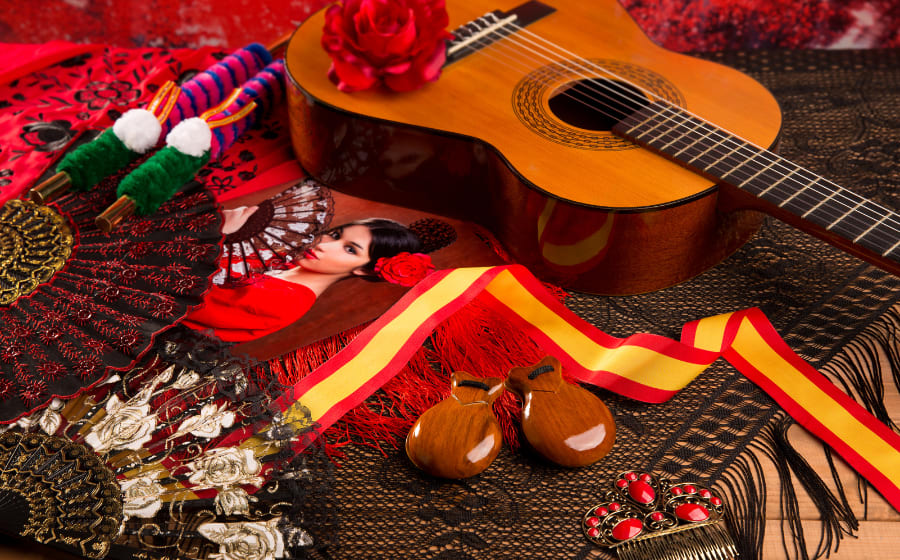
The gypsies used wooden castanets, tambourines, and other instruments to play their songs. They started playing these instruments and then mixed them with different musical sounds until they became what we know today.
Suppose you want to know more about the typical flamenco instruments or accompaniments. In that case, I recommend you take a look at this post: 5 Flamenco Instruments That Are Unique in the World.
Although flamenco is of Spanish origin, it has become viral and known worldwide. Many countries are interested in learning more about the style, movements, and songs that make this dance a piece of art!
4. The Real Flamenco Dance
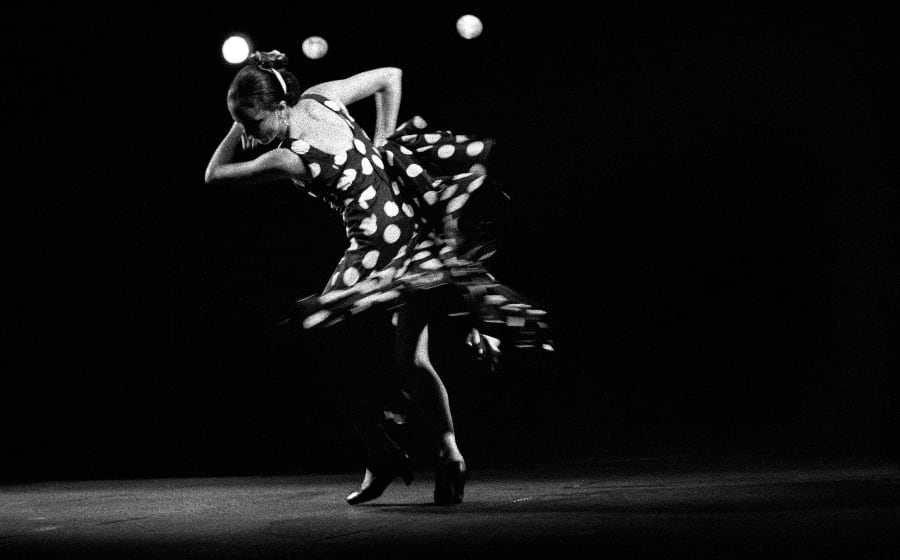
If you are in Andalusia, flamenco can be seen in many of its corners. Still, the place of excellence where you can enjoy this art is in the famous “tablaos.” It’s a place of creation and improvisation where the artists bring out their most passionate side and transmit it to the public.
Flamenco is improvised, but it takes many years of rehearsals. Each artist has a type of language and knows the different flamenco “palos.” And then, starting from the base, the artist can improvise by mixing specific movements.
I think the most important thing to start dancing flamenco is patience. You will have to learn every step and movement, but not only that, you will have to learn to interpret and transmit in a non-verbal way. You will have to learn to express emotions and feelings through dance. You may know the steps, but you have to really feel it to be able to transmit that to the audience!
The “zapateado” is an essential part of flamenco dancing. The dancer, known as “bailaor” or “bailaora,” puts typical flamenco shoes on their feet and beats them against the floor to create a musical sound. But it’s not just any sound; the “zapateado” has to follow a specific technique and rhythm.
If you have the chance, you have to experience it at least once in your life! It will give you goosebumps!
A real flamenco show!!

5. Traditional Flamenco Dress
The flamenco dress, also known as gypsy dress, reflects the identity of the Andalusian culture. It’s a garment you can see in the traditional festivals and pilgrimages celebrated in the Andalusia region.
The flamenco dress is also the garment worn by flamenco “bailaoras” (flamenco dancers) in their performances.
The dress is usually tight in the upper body, and from the waist downwards, it’s looser, reaching down to the floor. The dress has several ruffles at the bottom, and some have ruffles on the sleeves (some dresses are short-sleeved or sleeveless).
The woman covers the top with a shawl and usually wears her hair in a high bun with one or more flowers. The dress is accompanied by different colored accessories to give it a unique touch.
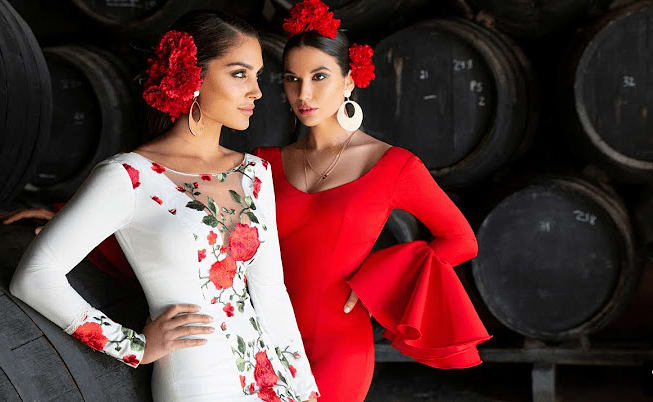
A curious fact is that this Spanish regional costume is the only one that has evolved over the years. We see new designs with different prints, materials, and even new accessories every year. One of the most popular designs in flamenco dresses is the polka dot.
The flamenco dress has become a reference and a fashion icon in our country. Suppose you want to know more details about this dress and other typical dresses of each region of Spain. In that case, you cannot miss our article: 17 Spanish Traditional Dresses That Represent Our Culture.
Flamenco is an incredible way to fully immerse yourself in Spanish culture.
To truly experience Flamenco in all its essence, you must visit us! I assure you that there is nowhere else in the world where you can experience an art form like this!



